Parametric design is an algorithm-based process that allows you to test the various outcomes of a design concept within a set of parameters. Today, however, it is no longer merely a useful computer-based tool, but a deliberate response to an increasingly heterogeneous society. Patrik Schumacher of Zaha Hadid Architects describes parametricism as an entrirely new kind of architecture, a new aesthetic, which avoids simple repetition of elements, straight lines, right angles, and corners.
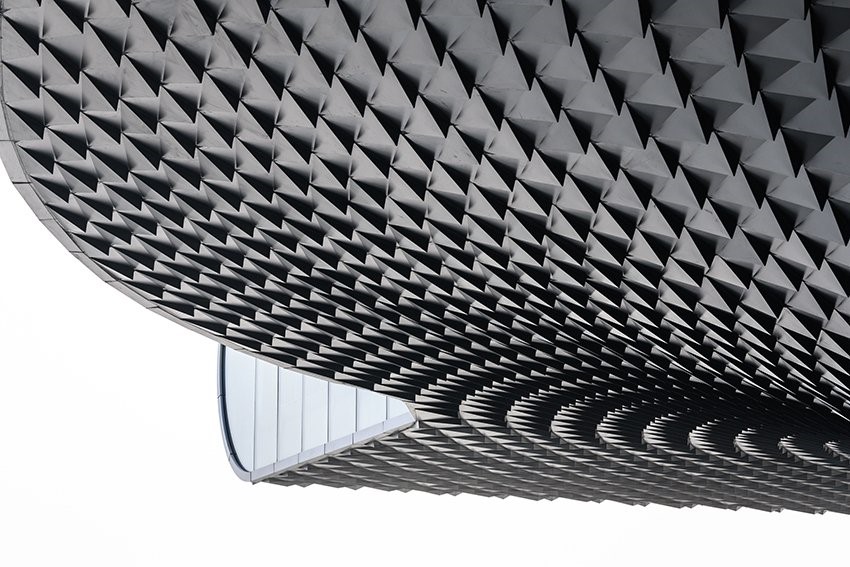
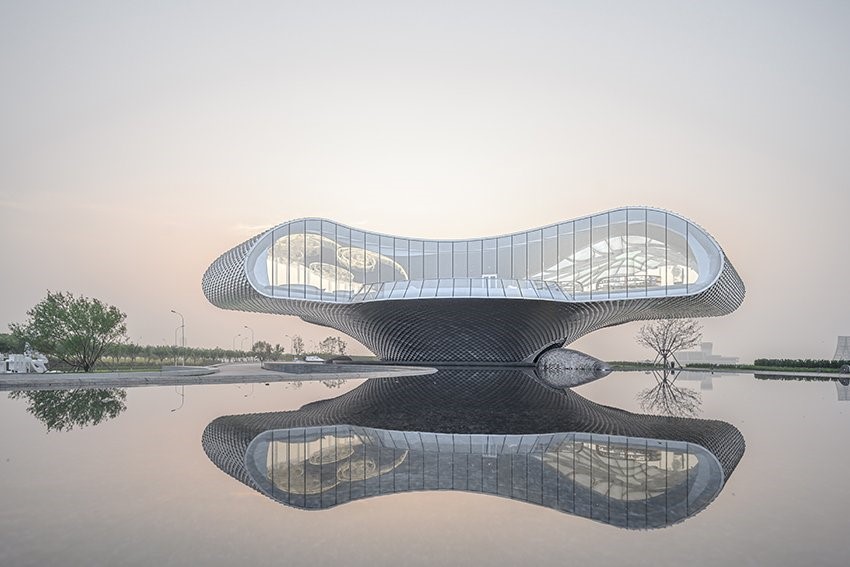
Shimao art museum by Lacime Architects (also header image)
The focal point of the new Shimao multi-use exhibition area on the eastern coast of Tianjin, China developed by local practice Lacime Architects is a wave-inspired art museum. The skin of the building is created using parametric design and the latest BIM technology. Thanks to the use of the technology, the shell consisting of more than 13 thousand of the scale-shaped aluminum plates makes up an integrated pure design with the roof.
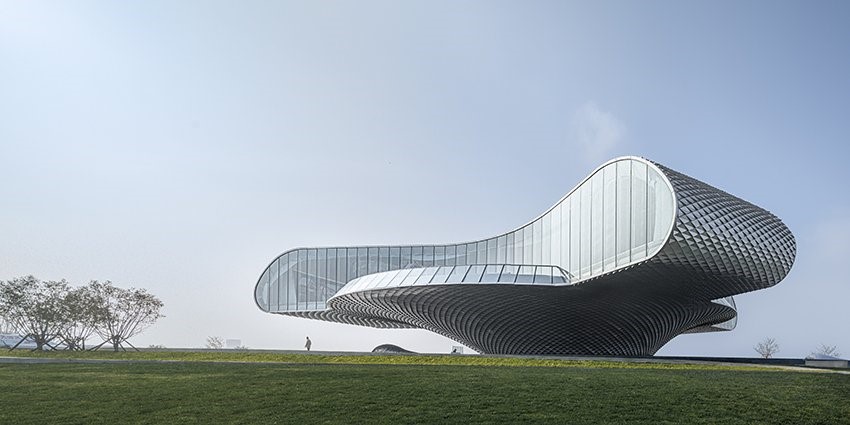

Shimao art museum by Lacime Architects
The resulting rhythmical structure reflects the sunlight and the diffused light cast from the nearby pool from different angles. The façade is as practical as it is eye-catching: it helps achieve perfect balance in efficient heat insulation and access of natural daylight.
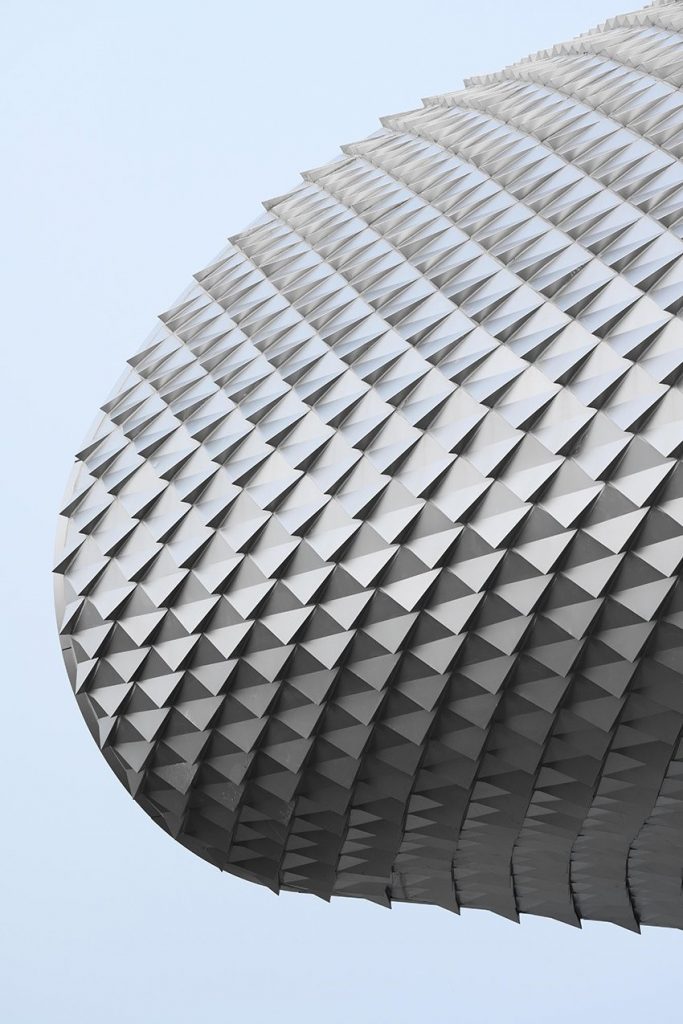
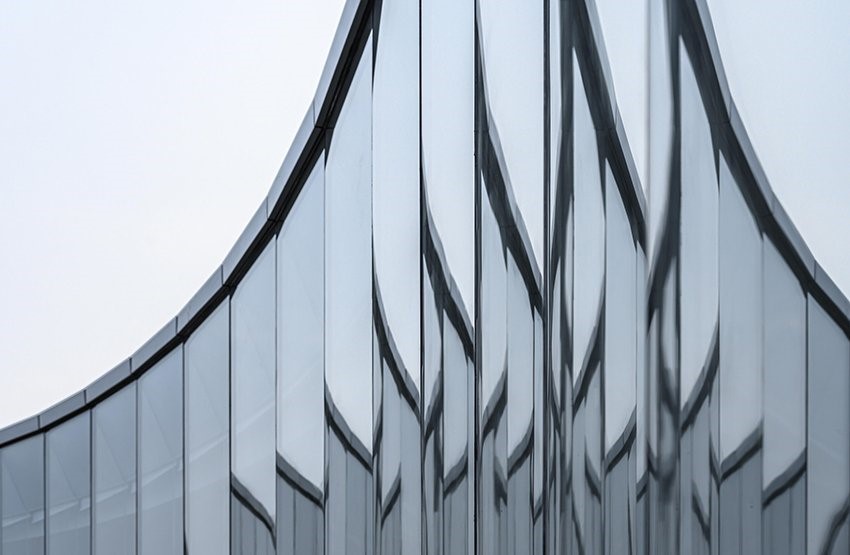
Shimao art museum by Lacime Architects
The art museum focuses on the theme of water and its form resembles the shape of a wave, as its name suggests (Shimao stands for ‘wave’ in Japanese). Interior design elements include fabric ceiling, patterned glass screen and floor-to-ceiling glazing, all of which are conceived to represent the element of Water. The building’s three outdoor terraces overlook the sea.

Shimao art museum by Lacime Architects
Inside, the column-free space of the 30-plus-meter tall building is achieved by a thin shell structure that balances the load of the structure in three different directions. The first-floor hall is a round space, while the upper level features a huge 8-metre-tall glass curtain wall, which literally breaks down the boundary between indoor and outdoor spaces.


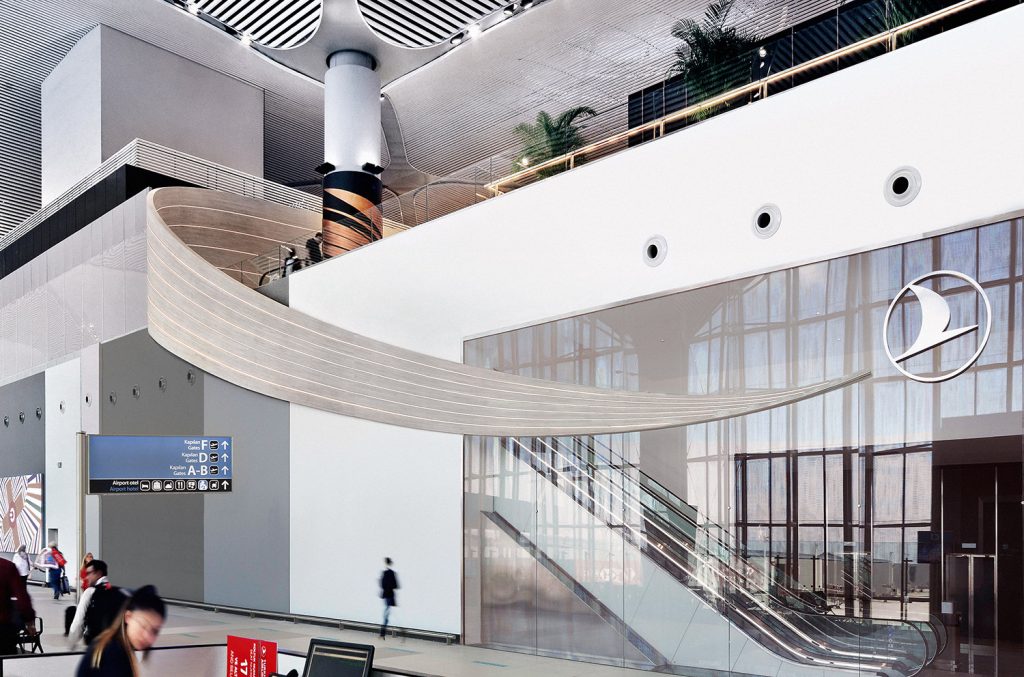
Flow Wall in Istanbul Airport by Softroom
London architecture studio Softroom has linked six lounges for Turkish Airlines inside Istanbul Airport by a ribbon-like parametric Flow Wall that runs throughout 19,000 square metres. The undulating wall forms an intuitive route through the airport. Visible upon entrance to the building, it guides travelers from the check-in counters, through to the lounge entrances and then to a central shopping area.
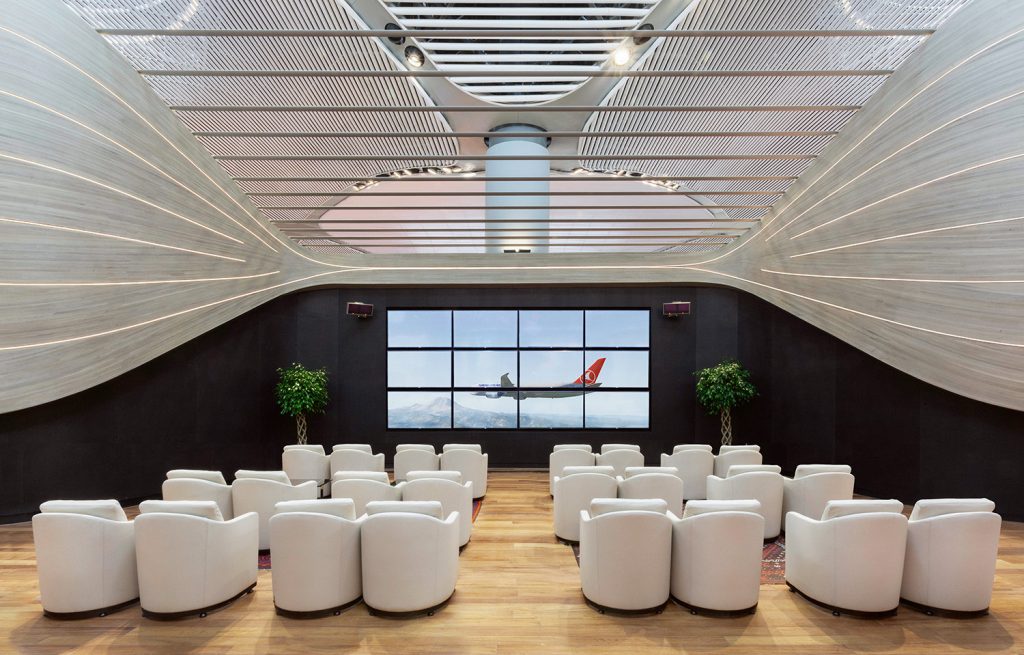

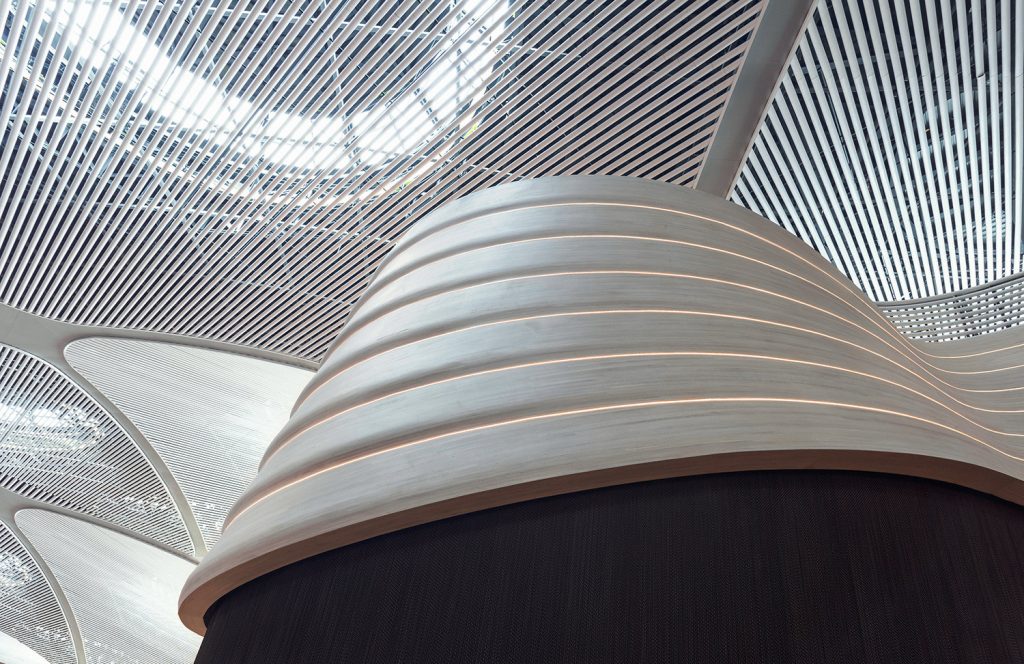
Flow Wall in Istanbul Airport by Softroom
According to the studio, the shape of the wall will help passengers to move effortlessly through the zones, rising and dipping to draw attention to different features in the lounges. In the cinema room it tapers downwards to direct sight lines to the screen, while it peaks “like a beacon” above one of the lounge’s restaurants.

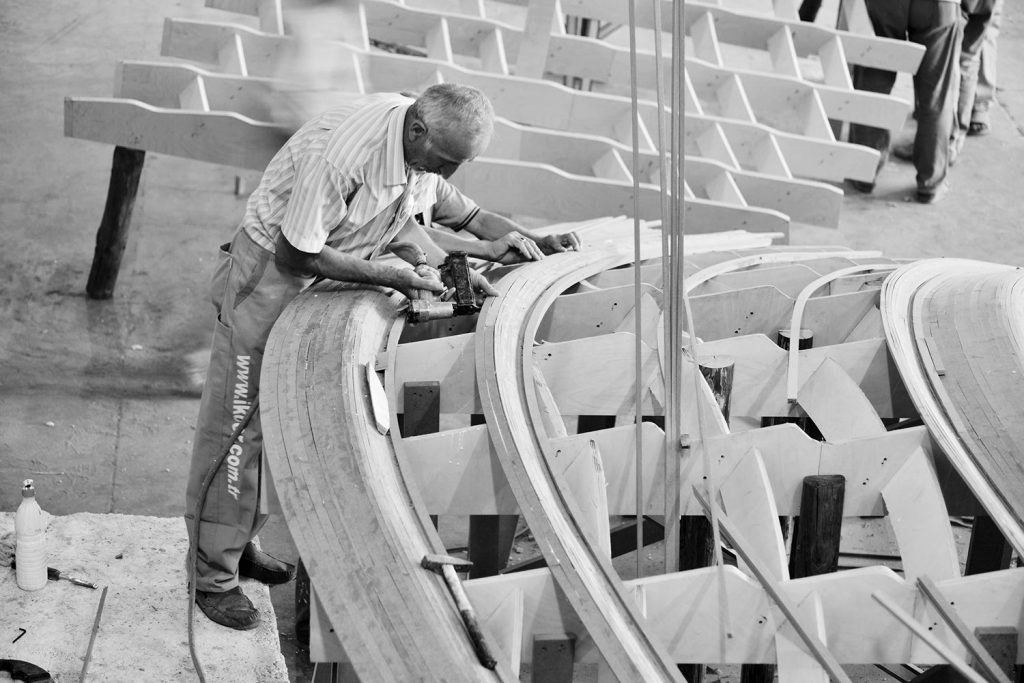
Flow Wall in Istanbul Airport by Softroom
It took 30 weeks to create the Flow Wall using parametric design via Rhino CAD software, which was utilized to quickly customise the smoothing of the wall’s curves and the number of light strips, as well as provide a real-time preview of the wall’s final form. After that the wall was manufactured with a plywood framework, covered with bleached strips of oakwood and carved to feature seven grooves inlaid with over three miles worth of LED lights. The grooves pay homage to the fact that Turkish Airlines fly across the world’s seven continents.
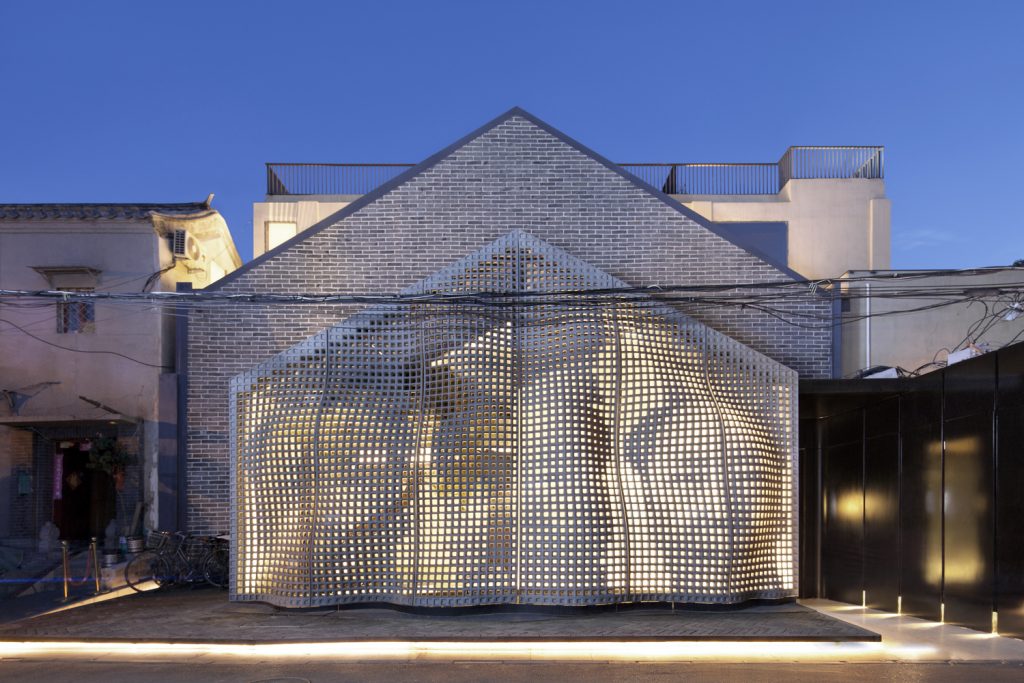
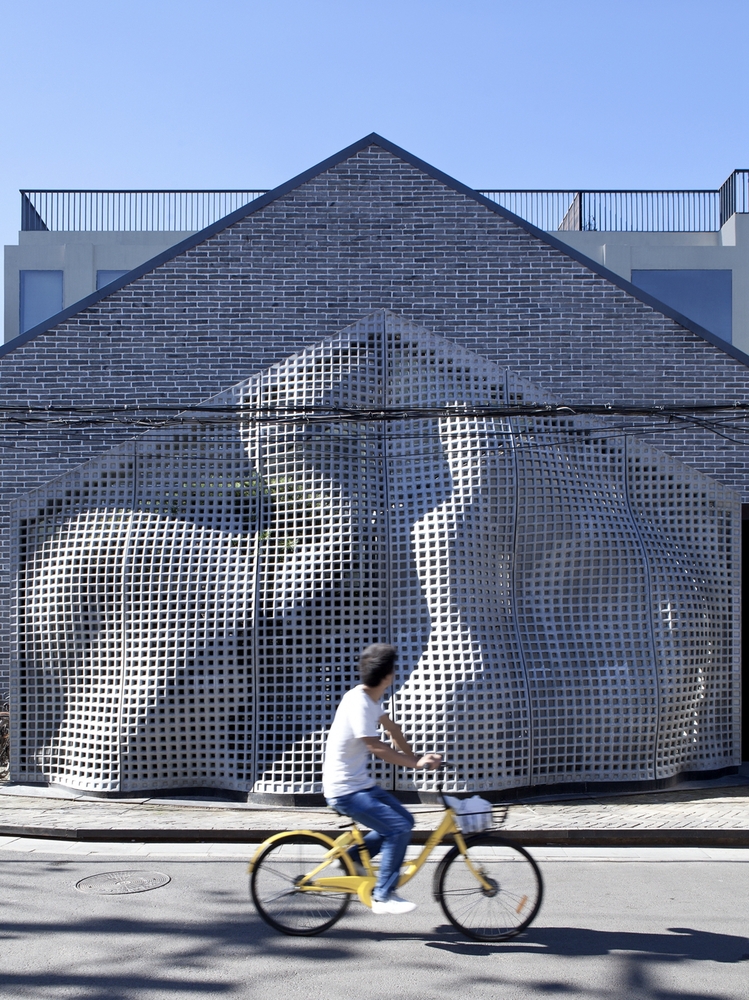
MaoHaus by AntiStatics Studio
Local AntiStatics Studio has used customized computational tooling to create MaoHaus, an experimental façade that encompasses precisely tuned perforations of the concrete surface revealing a triptych of Chairman Mao’s prototypical portrait when lit from the inside. As the work is located in an area with a printshop that was once one of the primary producers of the Chairman’s now iconic image, the expression of Chairman Mao within the façade is a slight nod to the historical context of the site.
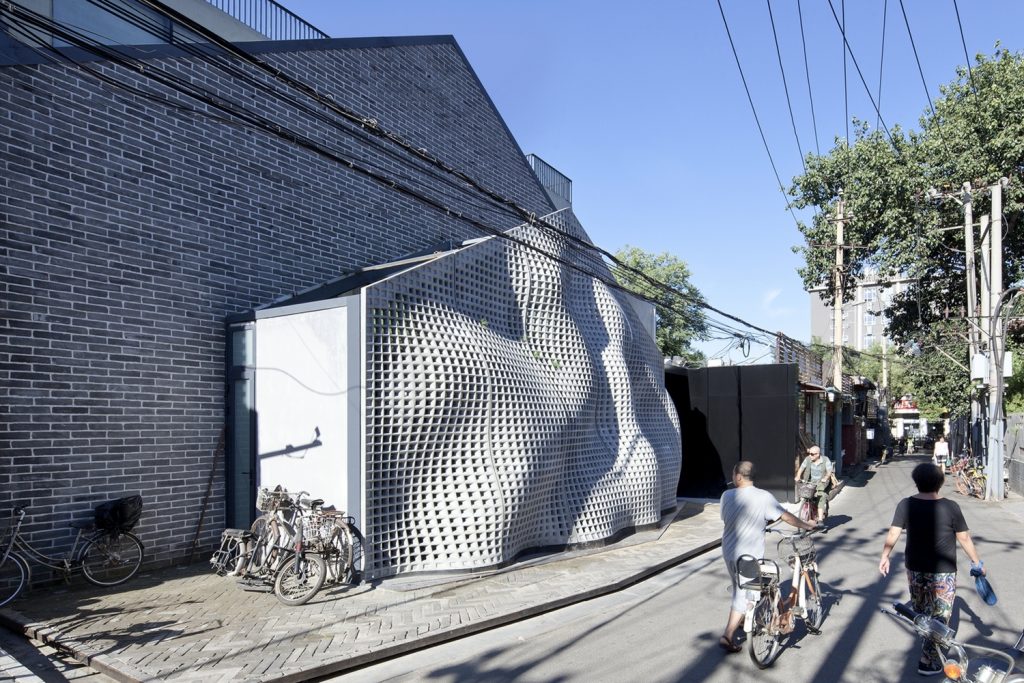
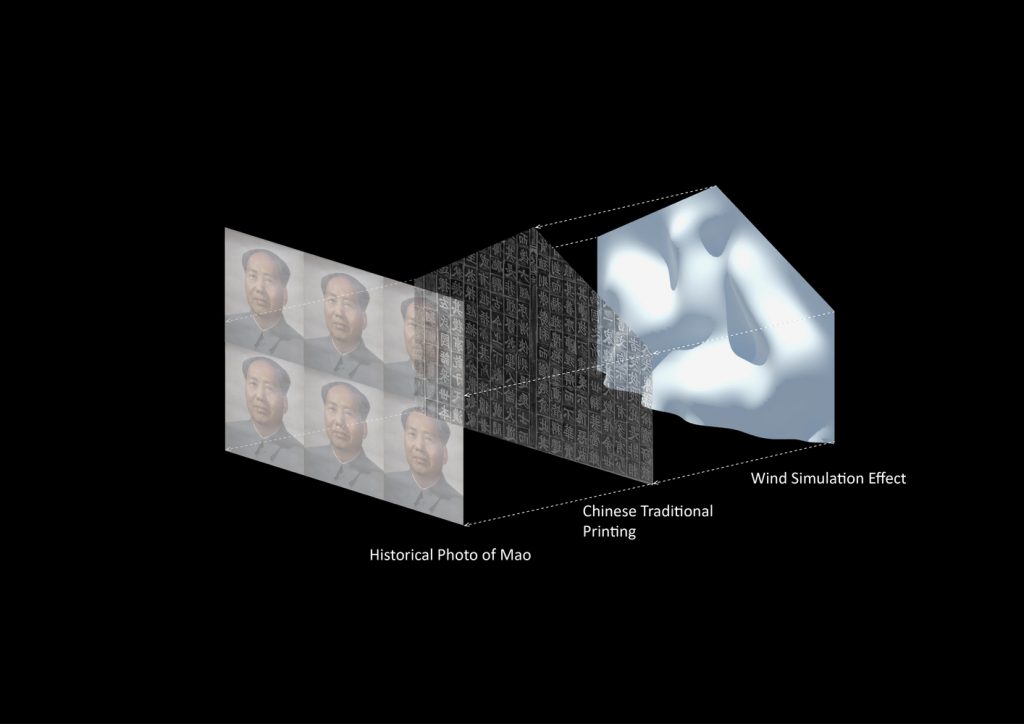
MaoHaus by AntiStatics Studio
The undulating form of the façade strikes the viewer with the fluidity expressed through the conventionally rigid material of concrete. The structure of the façade leverages the material properties of ultra-high performance concrete to create novel architectural form. Ranging from 4 to 7 meters in height, the 6 individual panels span the façade without the need for any substructure or support. Computationally generated through fluid-dynamics algorithms, the curvature of the only 7 cm thick porous surface serves to more efficiently carry the loads of the structure to the foundation.


MaoHaus by AntiStatics Studio
Visitors to the site will experience and interact with the façade very differently depending on their position as well as time of visit. From certain viewpoints, the façade is perceptibly flattened revealing the embedded image, while from other vantages, its curvaceous surface appears to be a flowing banner.